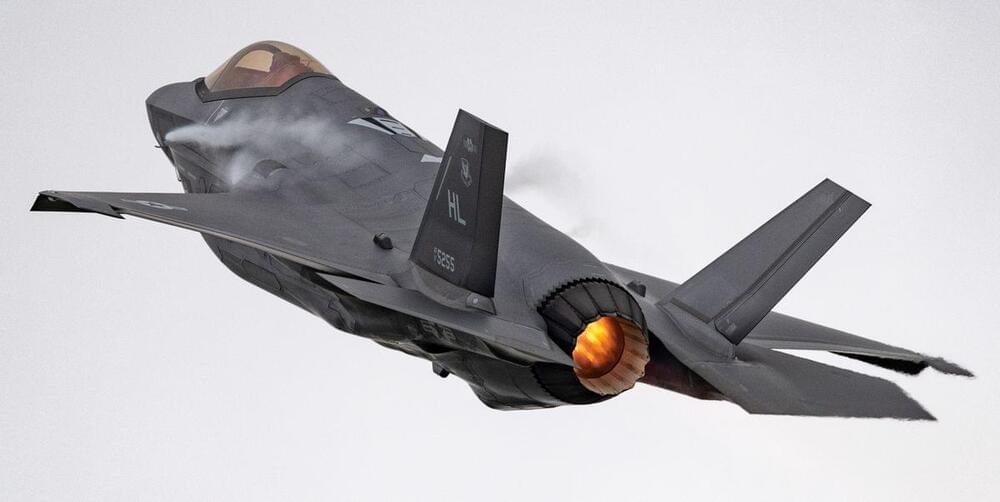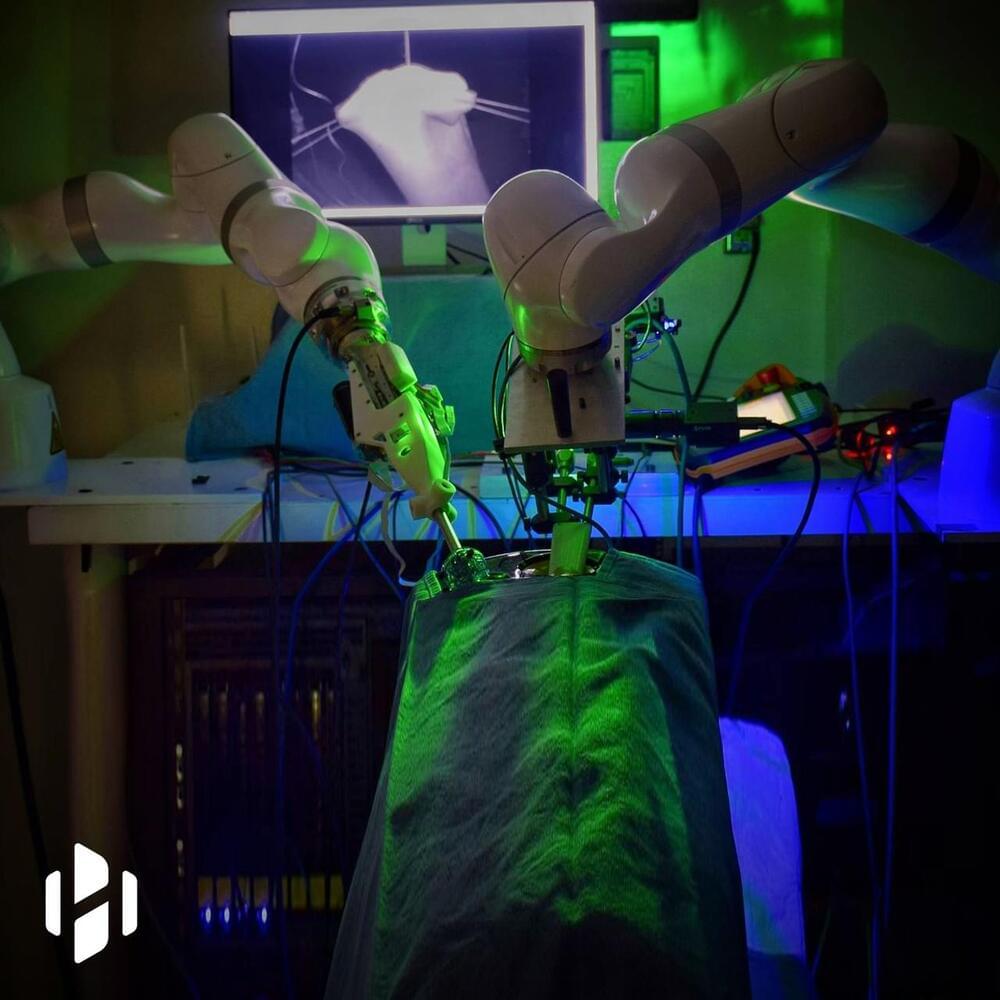
Get the latest international news and world events from around the world.


Researchers report game-changing technology to remove 99% of carbon dioxide from air
University of Delaware (UD) engineers have demonstrated a way to effectively capture 99% of carbon dioxide from air using a novel electrochemical syst.
For the first time, it is possible to see the quantum world from multiple points of view at once. This hints at something very strange – that reality only takes shape when we interact with each other.


A Bunch of F-35s Are Just Sitting Around Without Their Engines
You kinda need those.
The U.S. Air Force is down dozens of flyable F-35s due to a maintenance and spare parts crunch. An official in charge of the F-35 program says nearly one in seven of the Air Force’s F-35s can’t fly at all, with some planes awaiting engines that need to be refurbished sooner than anticipated.
Air Force Lt. Gen Eric Fick, the head of the F-35 program office, says 46 F-35s worldwide are in “Mission Impaired Capability Awaiting Parts” (MICAP) status, meaning they’re unable to fly missions until fixed. The breakdown, according to Military.com, includes 41 U.S. Air Force F-35As, one Navy F-35C, and one Marine Corps F-35. Three more aircraft belonging to international F-35 customers are MICAP.
Russia is working on 120mm artillery firing guided-jet sliding ammo
Rostec and Russian MoD plan in 2022 to begin state tests of the latest Russian development in artillery defense — self-propelled airborne 120mm Lotus artillery.
MOSCOW, ($1=76.33 Russian Rubles) — The Russian state company Rostec and the Ministry of Defense of the Russian Federation plan in 2022 to begin state tests of the latest Russian development in artillery defense – self-propelled airborne 120mm Lotus artillery. The information was disseminated by the state news agency TASS, based on a press release from Rostec.
Lotus self-propelled artillery is being developed for Russian special forces known as the Blue Berets. This type of weapon system is designed to destroy enemy artillery, tanks, manpower, command posts, and enemy defenses. The lotus is categorized as an air amphibious cannon, ie. can be parachuted from an airplane. In the future, the Russians will transport self-propelled artillery to the battlefield through the heavy military transport aircraft IL-76, which will be able to load and transport two Lotus artillery systems.


Removing water from underwater photography
A new algorithm for underwater photography makes marine life appear as clear as it would on land, and it’s helping scientists understand the ocean better.

